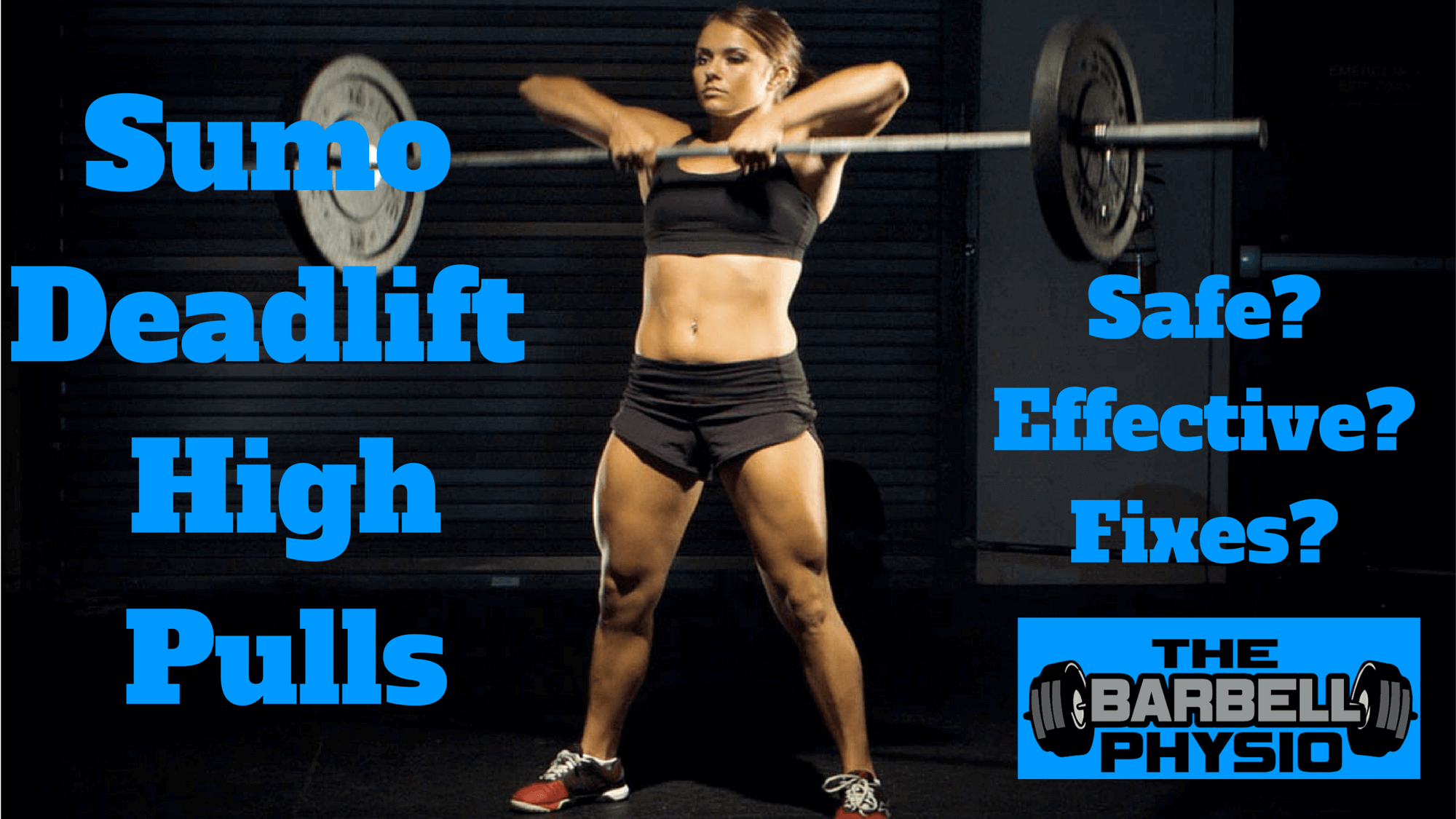I’m joined by Dan Pope of FitnessPainFree.com to discuss the Sumo Deadlift High Pull safety and effectiveness. The Sumo Deadlift High Pull (SDHP) is an often controversial exercise. Many believe the internally rotated, high elbow position at the top of the movement to be a dangerous position. And they claim that can damage soft tissue structures.
Sumo Deadlift High Pull Safety
You can watch the entire video below, but in summary, we believe the following:
- You can’t call anyone exercise bad for everyone!
- The Sumo deadlift high pull safety concerns are worth considering. As the internally rotated position of the shoulder joint resembles the Hawkins-Kennedy impingement test frequently used in the medical world. But the exercise isn’t bad for EVERYONE.
- If you have impingement problems, or the SDHP hurts your shoulders then STOP
- The SDHP does teach some athletes how to work explosive hip extension, but this can be performed with a variety of other exercises as well…so Dan highly questions the need to perform it.
- Shoulder internal rotation and thoracic spine extension are the two biggest mobility needs to safely perform SDHP (discussed below). Beyond that, there is little lower body mobility needs.
If you do want to perform the SDHP, we suggest that athletes focus on having good shoulder internal rotation and thoracic spine extension.
To assess internal shoulder rotation, I suggest watching the following video:
For those needing to improve internal rotation (this will help with a variety of fitness moves and shoulder health), read this article or try the following treatment program. Having good shoulder internal rotation is a key piece of sumo deadlift high pull safety.
Thoracic Extension
To assess thoracic extension, perform the following test and, if limited, check out my Thoracic Mobility Overhaul program to get that t-spine moving!
View this post on Instagram






